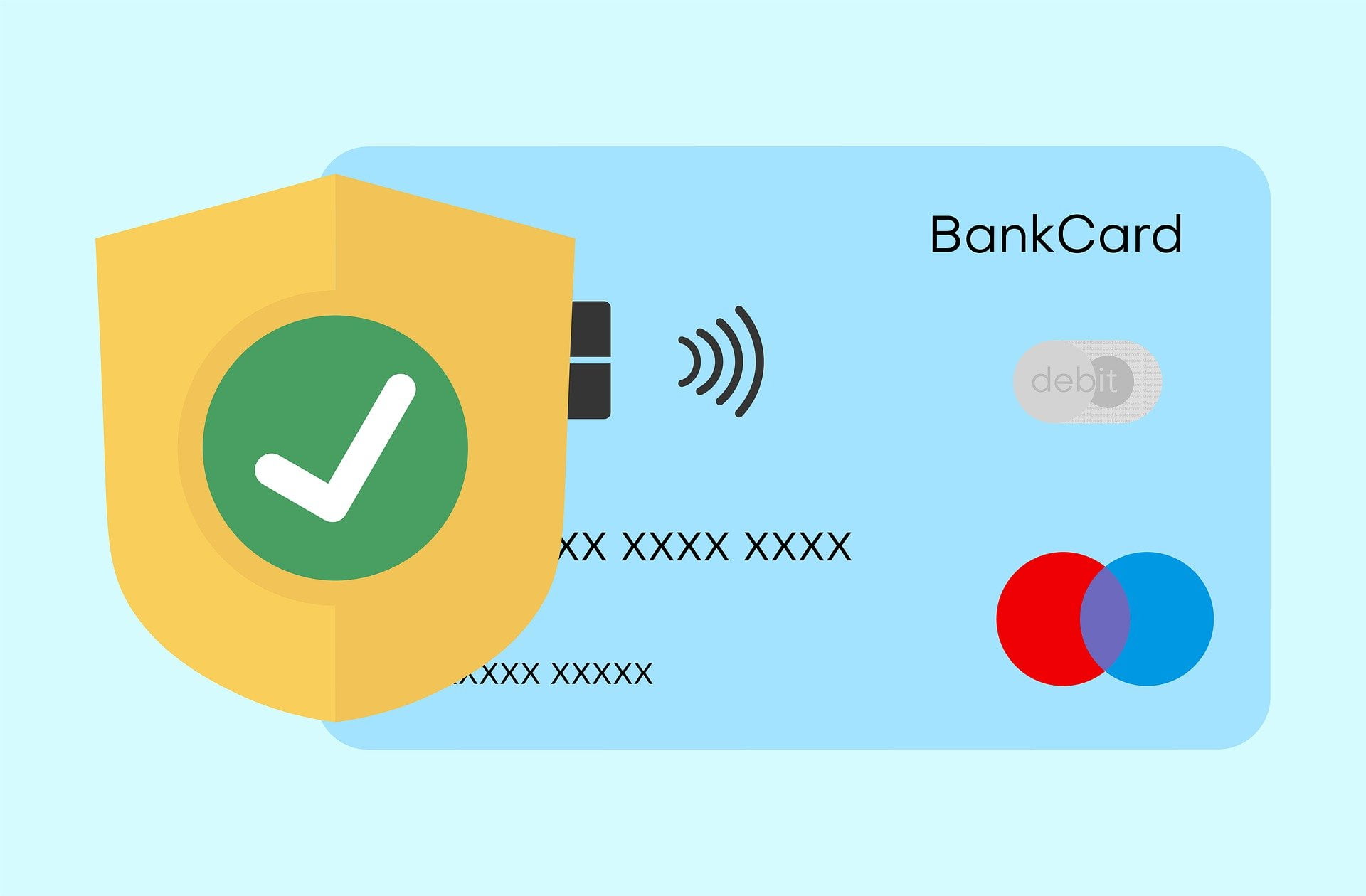

In the digital age, online shopping has become an integral part of our lives, offering convenience and access to a wide array of products from the comfort of our homes. However, amidst the vast online marketplace, there lurks a hidden danger – the counterfeit product scam. Cybercriminals have mastered the art of creating and selling fake goods, posing a significant risk to consumers and legitimate businesses alike. In this blog post, we will delve into the world of counterfeit product scams, exploring the tactics used by fraudsters and sharing a real-life scam story to shed light on the consequences of falling victim to these deceptive schemes. Let’s learn how to identify fake goods online and protect ourselves from counterfeit product scams.
The counterfeit product scam is a sophisticated and pervasive cybercrime in which fraudsters manufacture and distribute imitation goods that closely resemble genuine products. These counterfeit items are designed to deceive consumers into believing they are purchasing authentic merchandise. From luxury fashion items to electronics, counterfeit products span various industries, causing significant financial losses to consumers and brand reputations.
The Anatomy of the Counterfeit Product Scam
Alex, an avid photography enthusiast, had long dreamed of owning a high-end camera from a reputable brand. While browsing online, he stumbled upon a website offering the camera model he desired at a fraction of the regular price. Excited about the seemingly unbelievable discount, Alex quickly placed an order without thoroughly researching the website’s authenticity.
A few weeks later, the camera arrived at Alex’s doorstep. To his initial delight, the packaging looked genuine, and the camera appeared brand new. However, his excitement quickly turned to disappointment when he tested the camera’s performance. The image quality was poor, and the camera’s functions were glitchy, far from what he had expected.
Suspecting that he might have received a counterfeit product, Alex contacted the camera’s official customer support. They promptly informed him that the website from which he made the purchase was not an authorized retailer. After further inspection, it was clear that he had fallen victim to a counterfeit product scam.
Heartbroken and frustrated, Alex reached out to his bank to dispute the transaction and attempted to return the camera to the fraudulent seller. However, the scam website had disappeared, leaving him with no means of seeking a refund.
To safeguard yourself from falling victim to the counterfeit product scam, consider the following preventive measures:
The counterfeit product scam continues to be a persistent threat in the online shopping landscape, affecting consumers and legitimate businesses alike. As consumers, it is essential to be vigilant and cautious while making purchases online. By understanding the tactics employed by counterfeiters and following preventive measures, we can protect ourselves from falling victim to these deceptive schemes. Remember, an informed and cautious shopper is the first line of defense against the counterfeit product scam.
Leave A Comment